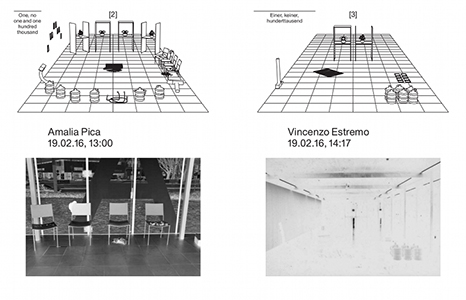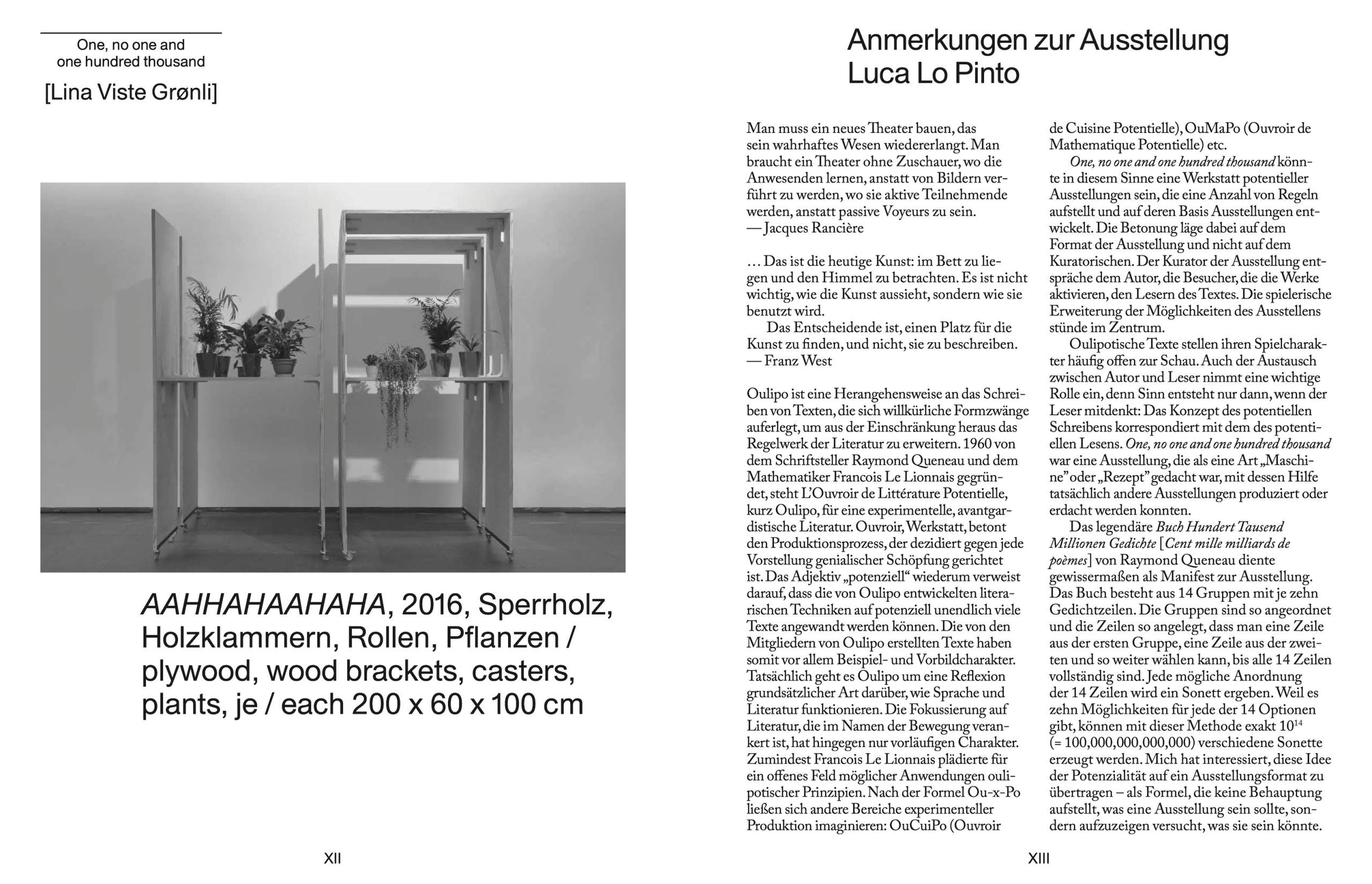


Common ones are "anyone," "anything," "everything," and "nobody. An indefinite pronoun is a pronoun that refers to a person or a thing without being specific. The word "no one" is classified as an indefinite pronoun. More about "No One" "No one" Is a Pronoun This sign has the correct spelling of "no one." "Nobody," "somebody," "someone," and "nowhere" have become single words. If you've come to this page looking for justification for the hyphenated version, then I'm afraid you've failed. There is some leniency on how to write "no one." Outside North America, using a hyphen is acceptable.just. Is the subject "No one can" or "No one"?) (Although contrived, this sentence is ambiguous. When readers reach "person," most readers would backtrack to read "no one" as "no single." Of note, some grammarians condone the hyphenated version, claiming it eliminates ambiguity in sentences like the following: If you have any tens, the 'and' goes before the tens, even if there are no hundreds, like this: 1,000,099 A million and ninety nine. But if you have hundreds to count (or thousands, if youve reached a million) then you must number them: One thousand, one hundred.

Since the mid 1940s, the hyphenated version "no-one" has been growing more popular (particularly outside North America). You can also say: A thousand and ninety nine. See for yourself "No-one" Is Becoming More Common The "no one" version is about 20 times more popular than the "no-one" version. Outside North America, the hyphenated version "no-one" is occasionally used as an alternative spelling to "no one," but "no-one" remains about 20 times less common than "no one." In North America, most readers would consider the hyphenated version to be a spelling mistake. Even though "no body," "some body," and "some one" have become "nobody," "somebody," and "someone," "no one" has not followed this trend, most probably because "noone" looks unwieldy and would cause pronunciation errors. "No-one" and "noone" are spelling mistakes. Use "no one" (i.e., the two-word version). "No one," "noone," and "no-one" are often confused by writers, but the guidance is simple. It arrives at the most extreme conclusions, the farthest consequences." Indeed, its unnerving humor and existential dissection of modern identity find counterparts in Samuel Beckett's Molloy trilogy and the works of Thomas Bernhard and Vladimir Nabokov.Search our site by Craig Shrives No one, Noone, or No-one? Pirandello said of his 1926 novel that it "deals with the disintegration of the personality. At first he only notices small differences in how he sees himself and how others do but his self-examination quickly becomes relentless, dizzying, leading to often darkly comic results as Vitangelo decides that he must demolish that version of himself that others see. This commonplace interaction spurs the novel's unemployed, wealthy narrator to examine himself, the way he perceives others, and the ways that others perceive him. Luigi Pirandello's extraordinary final novel begins when Vitangelo Moscarda's wife remarks that Vitangelo's nose tilts to the right.

Translated from the Italian by William Weaver. Print One, No One, and One Hundred ThousandĪuthor(s): Luigi Pirandello William Weaver (Translator)įiction.


 0 kommentar(er)
0 kommentar(er)
